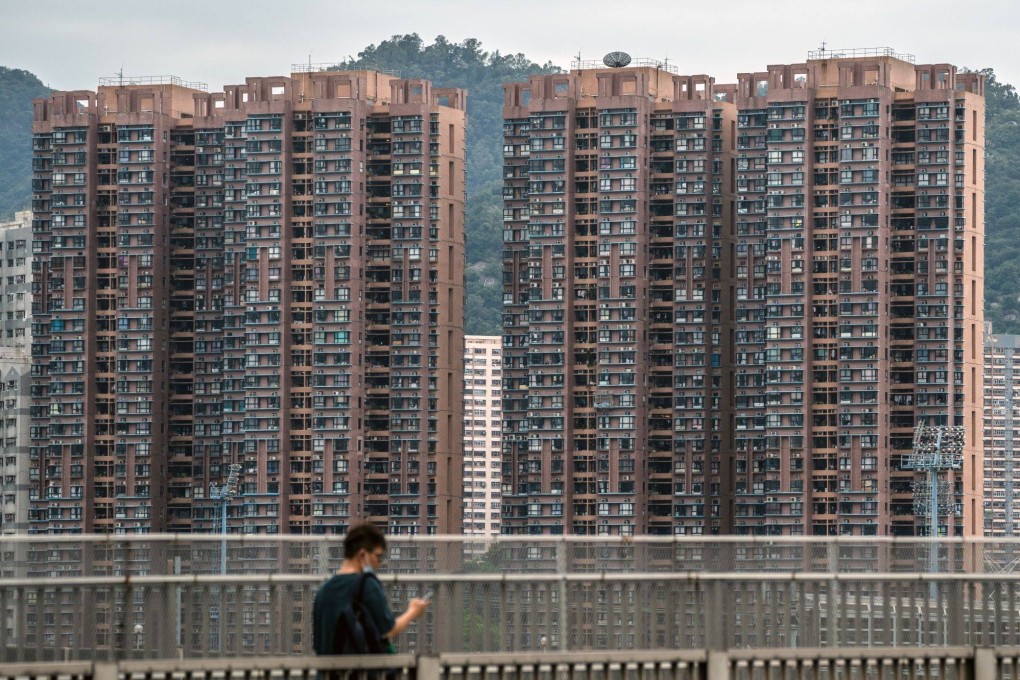Advertisement
Letters | If Hong Kong’s property cooling measures are dropped, who really benefits?
- Readers discuss calls for the government to scrap the extra stamp duty on property transactions, the predicament of an old mahjong shop, and the website of a museum exhibition
Reading Time:3 minutes
Why you can trust SCMP
1

Feel strongly about these letters, or any other aspects of the news? Share your views by emailing us your Letter to the Editor at [email protected]. Submissions should not exceed 400 words, and must include your full name and address, plus a phone number for verification.
At the end of March, the aggregate value of residential mortgage loans in negative equity rose to HK$610 million compared to HK$126 million at end-December 2021, according to the Hong Kong Monetary Authority in its press release on April 29. The unsecured portion of these loans increased to HK$12 million at end-March 2022 from HK$2 million at end-December 2021.
This may have triggered recent calls for the government to scrap property market cooling measures, such as the special stamp duty and buyer’s stamp duty, to prevent negative equity from snowballing into massive debt for middle-class homebuyers.
Advertisement
Real estate services provider JLL noted that monthly residential sales transactions for the first nine months of the year declined to their lowest level in 20 years. In the luxury residential sector, only 500 flats valued at over HK$20 million (US$2.55 million) were sold quarterly over the nine months preceding October. This was a decrease of 55 per cent compared to 2021.
Recent buyers, who opt to take out a 90 per cent loan-to-value (LTV) mortgage, may be at high risk, given that the value of home prices is expected to drop 10 per cent by the end of the year.
Advertisement
Some people ask why, if the government scrapped the doubled ad valorem stamp duty on non-residential properties in light of the falling property prices amid the pandemic in 2020, it can’t abolish the other stamp duties to avoid plunging buyers into a deep financial predicament. Quick answer: because the 90 per cent LTV ratio is applicable to first-time homebuyers whose property is valued at a maximum of HK$10 million.
Advertisement
Select Voice
Choose your listening speed
Get through articles 2x faster
1.25x
250 WPM
Slow
Average
Fast
1.25x